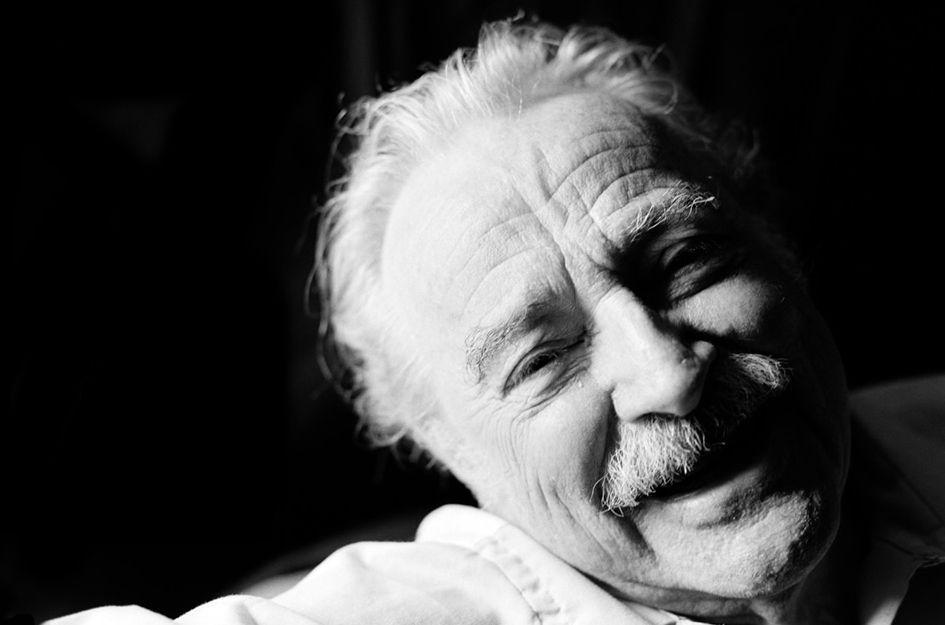
Despite never becoming a household name in Slovenia, Bogdan Grom nevertheless left an enduring mark on modern art both in Europe and the United States.
Grom was born to Slovenian parents in the town of Trieste in 1918, just as that city on the Adriatic became a part of Italy. His interest in art was sparked by a visit to Prague when he was just three years old. After attending school in Serbia and Slovenia, he graduated from the Academy of Fine Arts in Venice. This was a time of artistic turmoil, and Grom was strongly influenced by expressionism and futurism, which were then sweeping the art world.
Always a restless soul, Grom spent some time living as an illustrator and an art teacher in Slovenia, but his upbeat, optimistic style wasn’t always accepted by the country’s art critics. After establishing links with the U.S. Information Agency, Grom moved to the United States in 1957, and ultimately settled in Englewood, New Jersey. In his adoptive homeland, he created a number of works for churches, town squares, and shopping malls. Always a proud Slovenian, he considered his work on a Slovenian church in New York City to be one his most important achievements, and he incorporated Slavic elements into some of his designs.
Grom became well-known for working in various different types of media, ranging from charcoal on paper to mosaics, aluminum, and tapestries. Despite this diversity, a common thread runs through most of Grom’s art: the color and light of the Karst region, a limestone plateau on the border between Slovenia and Italy. He found a similar light in New Mexico, whose Native American heritage he strongly admired.
Grom’s passion for his art ran deep. He would even call developers and offer to make works of art for a new building. He was often admired for his sense of humor that was frequently apparent in his creations. The New York Times called him a “playfully experimental” artist.
His works were exhibited at the Guggenheim Museum and many other venues. Grom’s bronze sculpture of a panda, intended to commemorate Nixon’s visit to China, was displayed in the Oval Office and is now included in the White House Art Collection. Still, Grom remained an unconventional artist and was never fully embraced by the American gallery establishment, in part because of his refusal to consider art as a “product” and his determination to set his own terms.
Grom died in 2013 at the age of 95, two years after his final exhibition in the U.S. His ashes were scattered near his native Trieste. Even though he is sometimes referred to as Italian because of his place of birth, Grom remains one of Slovenia’s most versatile artists of all time – and one of only a handful who found true success overseas.

































































